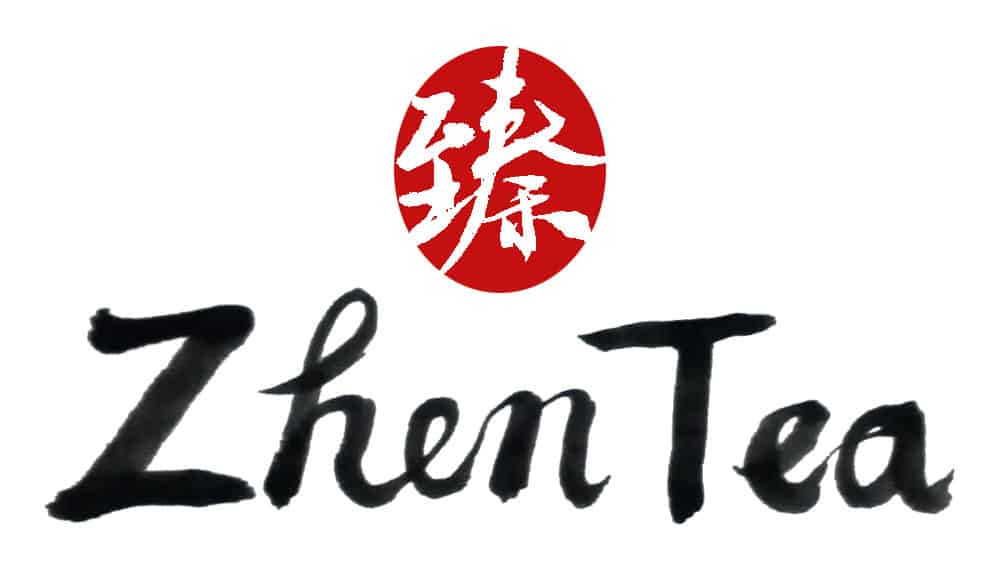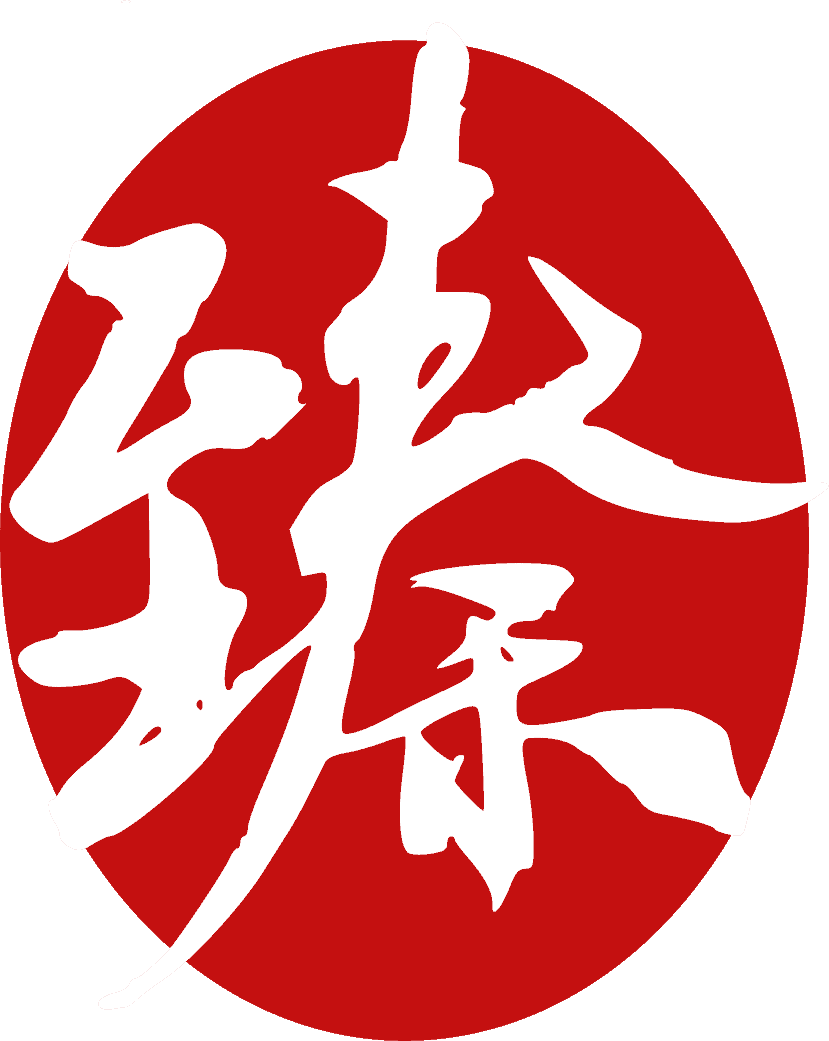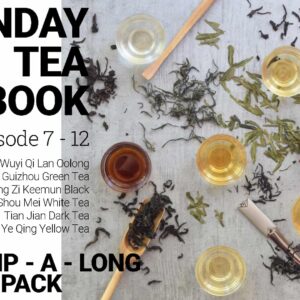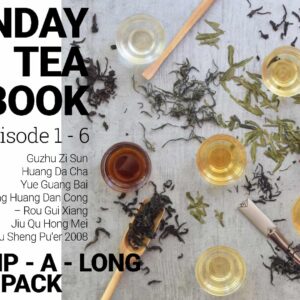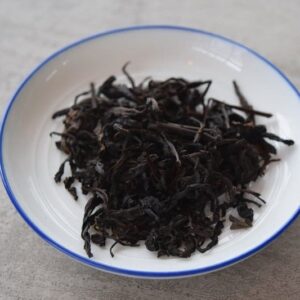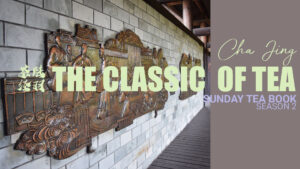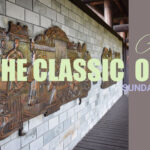Please check out the Sunday Tea Book videos below for additional information about the Classic of Tea.
Sip-a-long with Tian Jian or grab enough tea for the whole season and SAVE!
-
Sale!
The Classic of Tea Sip-a-Long 6 Pack Season 2 Episode 7 – 12
Original price was: $53.50.$41.00Current price is: $41.00. -
Sale!
The Classic of Tea Sip-a-Long 6 Pack Season 2 Episode 1 – 6
Original price was: $93.00.$69.75Current price is: $69.75. -
Tian Jian
Price range: $9.00 through $150.00
Chapter 6 – Drink
Animals and humans all live in this world, relying on eating and drinking to survive. The importance of drinking is profound. To quench thirst, drink water. To spear anxiety, drink alcohol. To get refreshed, drink tea.
Tea as a beverage began with Shennong. During the time of Zhougong (around 1000BC) of Lu, it’s well known. Yan Ying (around 500BC) of Qi, Yang Xiong, Sima Xiang Ru (around 100 BC) of Han, Wei Yao of Wu, Liu Kun, Zhang Zai, Lu Na, Xie An, Zuo Si of Jin (3-5th century), these are all tea lovers. The trend of tea drinking spread and formed a custom. Until the Tang Dynasty, drinking tea hadn’t been very popular. Every family drinks tea in the two capitals (Xi’an and Luo Yang) and Hubei and Sichuan Provinces.
There are rough tea, loose-leaf tea, particle tea, and tea cakes. After chopping, boiling, roasting, and cutting put the tea in containers for storage. Using boiling water to make the tea, this is brewing tea. Some others put green onion, ginger, date, orange peel, zhu yu (a Chinese herb), mint, etc when boiling the tea. Sometimes scoop and pour the liquid from high to make the tea liquid smooth, or remove the foam when boiling. All these make tea liquor like wastewater in a ditch. But such a custom is very popular. What a pity!
Everything in the world has its own purpose. What people pursue is often what’s most close to our basic life. We need houses for shelter, so we can build well-crafted houses and buildings. We need clothes for warmth, so we make exquisite clothes. We need food, so food and wine are also very fancy. Tea has 9 difficulties: one is the making, two is its appraisal, three is the vessels, four is the use of fire, five is water selection, six is roasting, seven is cutting, eight is cooking, and nine is drinking. Plucked on a cloudy day and roasted at night, the tea won’t be good. Chew the leaves or smell the tea when it’s dry, these are not good ways to appraise the tea. The stove and bowl that has an undesired smell are not suitable for tea boiling vessels. Oily wood or odor-contaminated charcoal are not suitable for roasting tea or boiling water. Rushing water or stale water is not suitable for making tea. The outside of the tea cake is roasted but the inside isn’t. This is improper roasting. Tea particles are green or pale green means the cut wasn’t good. Unfamiliar with the boiling tea process or stirring the water too fast won’t give you good tea liquor. Only drink tea in the summer but not winter, it can’t be called as drinking tea.
One ze (则, spoon) of cut tea renders three bowls of tea liquor. This is a strong, vibrant, and refreshing tea liquor. If it’s 5 bowls, the tea is inferior. If there are five guests, boil the amount of three bowls and share the liquor. If there are seven people, boil the amount of five bowls and share the liquor. If there are 6 people or under, no need to estimate the number of bowls. Calculated as if there’s one less person. Use the first, saved bowl (juan yong) to make up for the extra person.
